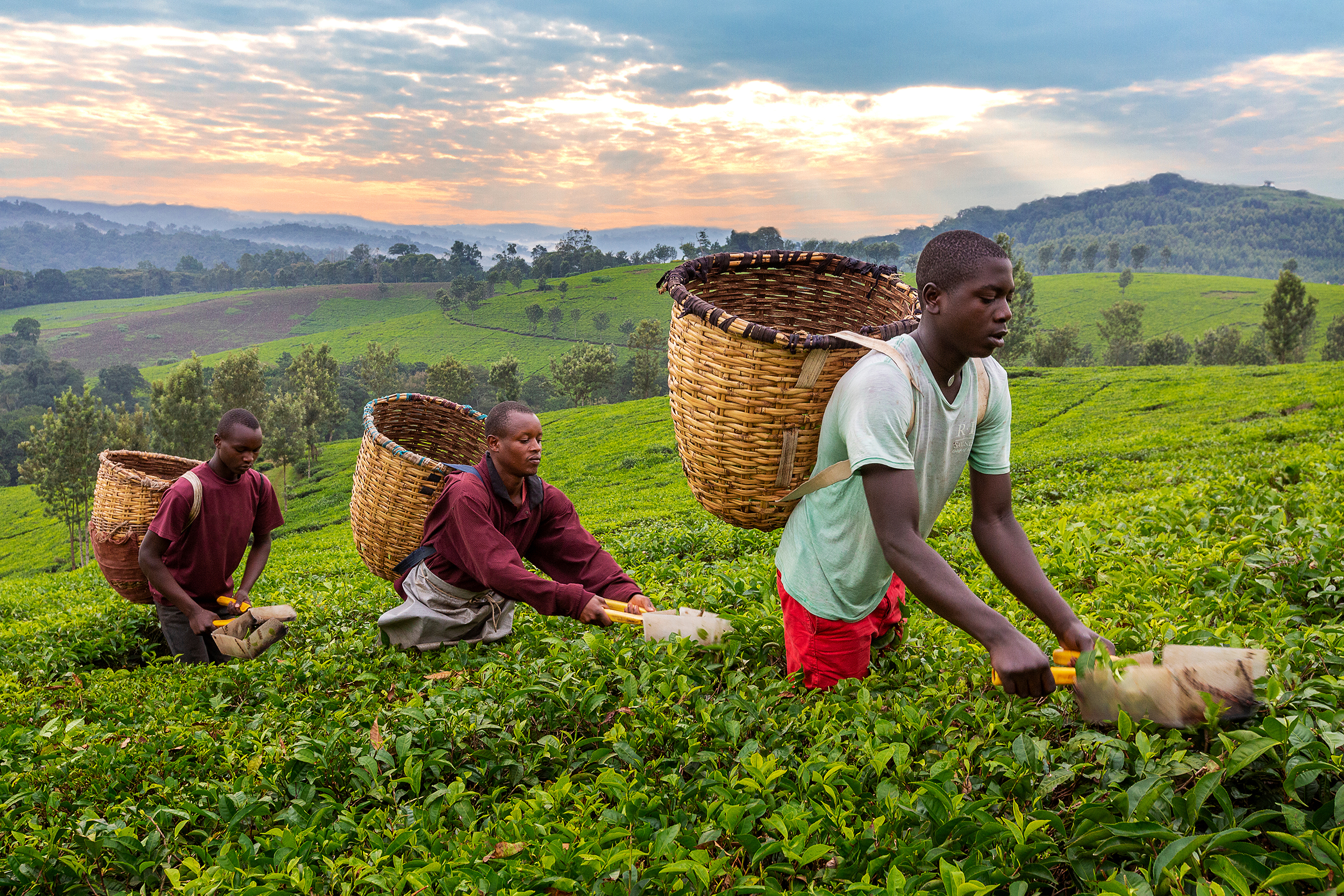
AAAP Overview
The Africa Adaptation Acceleration Program (AAAP) is an Africa-owned and Africa-led response to the continent’s expressed needs and priorities to reduce its vulnerabilities to climate change as well as to harness the economic growth opportunities that result from effective climate adaptation.
The AAAP stands out as the only continent wide investment plan at scale for adaptation in Africa. Codesigned by Global Center on Adaptation (GCA) and the African Development Bank (AfDB), the AAAP acts as the delivery vehicle for the Africa Adaptation Initiative (AAI) by providing upstream support through its dedicated Upstream Financing Facility for the proposed African Development Fund’s climate action window, which itself seeks to avail dedicated, efficient and affordable climate finance to Africa’s most vulnerable and least adaptive countries to climate change.
Through the AAAP, the African Development Bank and the Global Center on Adaptation (GCA) are mobilizing $25 billion by 2025 to accelerate adaptation action in Africa. This will be through interventions in four priority areas: food security, resilient infrastructure, youth entrepreneurship and job creation, and innovative climate adaptation finance. The African Development Bank committed $12.5 billion of its capital to the AAAP from its launch.
The AAAP is the translation of the Africa Adaptation Initiative (AAI) into actual projects and programs on the ground. The AAAP builds on the priority areas identified by the countries in their Nationally Determined Contributions (NDCs) and National Adaptation Plans (NAPs) and accelerates momentum through large scale proof-of-concept investments, innovations, and knowledge and technical assistance initiatives.
Adaptation: The Only Solution to Africa’s Triple Crisis
Africa is on the front line of the climate emergency. Despite making great progress in the last two decades, African countries are now responding to the multiple crises of food insecurity, conflicts, debt, climate shocks, and the multifaceted, long-lasting economic impacts of the COVID-19 pandemic.
Across Africa, more than 280 million people are food-insecure, and the number is rising, including in the Horn of Africa due to the current protracted drought. African countries contribute the least to global warming, but they are one of the world’s regions most threatened by the impact of climate change, according to the Intergovernmental Panel on Climate Change in its 2022 Sixth Assessment Report.
The war in Ukraine has generated ripple effects across the world, which in turn are creating a tsunami of consequences for the most vulnerable people across the world – and especially in Africa. A compound crisis is manifesting today through acute food insecurities driven by escalating fuel costs and supply shortages.
These overlapping challenges threaten to set the continent back and to challenge its recovery from the pandemic.
This is not the time to neglect climate action in Africa. Climate shocks amplify the underlying vulnerabilities of African populations and the impacts of the war in Ukraine. Effective large-scale climate adaptation is central to the future of Africa. When done right, adaptation generates significant opportunities for productivity, economic benefits, and poverty reduction.
With swift and effective action across all sectors, Africa can move forward rapidly on a resilient and green growth pathway, harnessing the powerful synergies between adaptation, growth, and development. Finance is key to the success of integrated adaptation strategies in Africa. The continent needs $33 billion a year in adaptation finance, but only $6 billion a year has been flowing.